When are the times in which the prayers are prohibited to be performed?
It is forbidden to pray:1. Between the end of the time interval of the morning prayer and sunrise,2. From sunrise until the sun has completely risen to the length of […]
When must the prayer be performed when sleeping through or forgetting the Prayer?
Whoever sleeps through or has forgotten to pray a certain prayer should pray it when hewakes up or remembers the prayer.▪ On the authority of Abu Qataadah , sleeping through […]
When is the cut-off time for each Salah to be performed?
The Prophet pbuh said “Whoever of you has completed one prostration of the afternoonprayer before the sun has set should complete his prayer. If one of you completes oneprostration of […]
What are the times of the Prayers?
What may be translated as, “Prayer at fixed hours has been enjoined upon the believers.”(An-Nisaa’, 04:103) Allaah made the time for the five daily prayers clear through Jibreel:▪ On the […]
A pregnant woman with bleeding doesn’t fall under the rulings of hayth blood. So she doesn’t need to do ghusl after she clears. But what if she doesn’t feel comfortable not doing ghusl?
Ghusul (the ritual bath with the intention of purification from major ritual impurity) is a worship act. One cannot do a worship act in a way or time when we […]
Scenarios for resuming prayer after menses (according to the opinion that all previous daytime or nighttime prayers of the last day need to be done)
– A woman clears at 3am and fajr prayer is 5am. So she clears during nighttime. Which prayers does she need to do?She goes back to the beginning of the […]
Once a woman clears from her menses, which prayers is she responsible for on the day of her clearing? Is this opinion agreed upon by scholars?
A woman is responsible for those prayers (the previous daytime prayers if she clears during the daytime and the previous nighttime prayers if she clears during the nighttime), even if […]
Is there a kaffara for having intercourse during menses?
Some scholars say yes, one has to pay a dinar (or the equivalent of it), in kaffara. So this is more of a symbolic kaffara.
What if the husband has intercourse with his wife during menses?
This is haram by consensus. If this was something she was pressured into despite her not wanting it, then the woman is not sinful. However, if she was able to […]
Is it allowed for women to take medicine to delay their menses?
Yes, unless it will end up messing up the cycle in the future. She needs to consult with her doctor.
Is there an exception to the impermissibility of making tawwaf while on menses?
Ibn Taymiyyah states that this would not apply in regard to women who traveled long distances. He believes that those women are allowed to do the tawwaf while on menses. […]
Which activities does hayth prevent?
According to consensus:-Salah-Fasting-Intimacy (only the actual intercourse)-Tawwaf around ka’baa (she stays in her ihram, and leaves with her group, and when she clears she will return to Mecca and does […]


